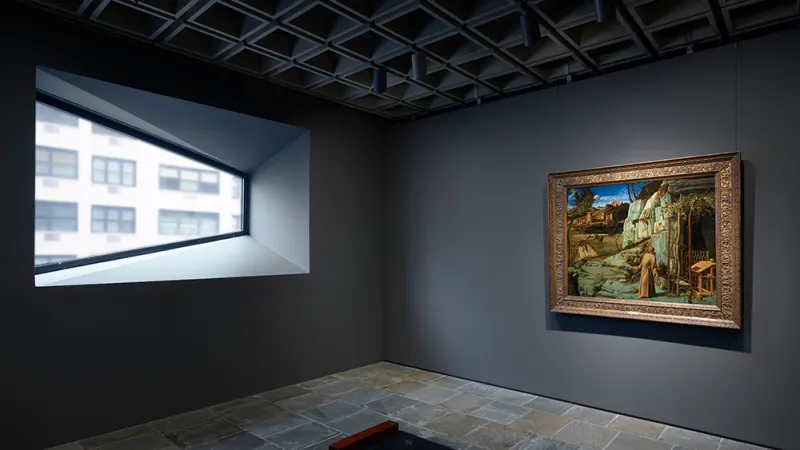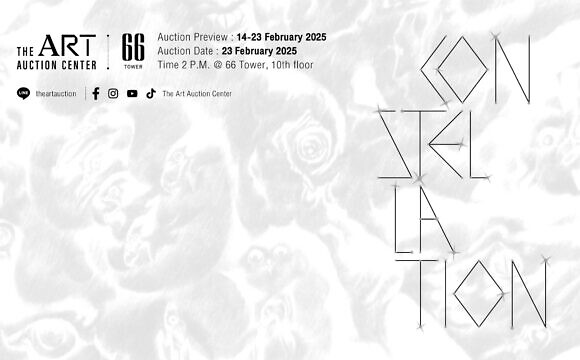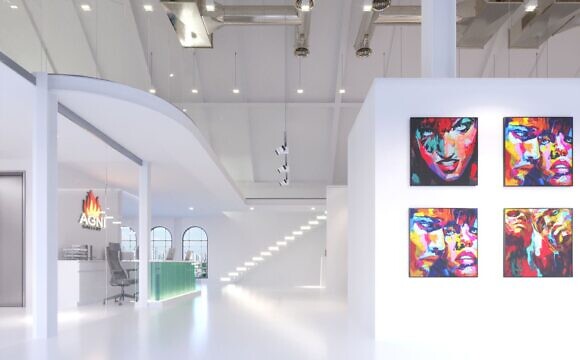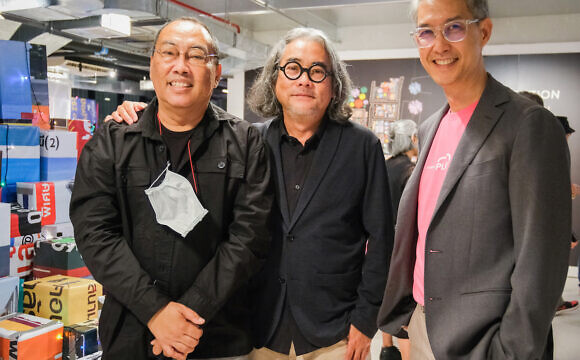ถึงแม้การนำเอาภาพเขียนของศิลปินยุคฟื้นฟูอิตาลีอย่าง Titians, Gainsboroughs และ Veroneses มาจัดแสดงในอาคารสถาปัตยกรรมแบบ Brutalist กลางศตวรรษที่ 20 ที่ดูขัดกันราวกับสูตรการย่อยอาหารที่เลี่ยนเกินไป แต่กลับกลายเป็นการผสมผสานที่ลงตัวอย่างไม่น่าเชื่อ อาคารแมนชั่นสุดหรูของ Frick Collection อาจจะกลายเป็นสิ่งรบกวนสายตา เหมือนเป็นการสร้างฝันลมๆ แล้งๆ ถึงวิถีชีวิตของเหล่าเศรษฐีผู้ร่ำรวยในยุคโจรปล้น ที่อยู่ร่วมกับผลงานศิลปะชิ้นเอกเมื่อศตวรรษที่ผ่านมา ในขณะที่การจัดแสดงที่อาคาร Breuer เน้นไปที่งานศิลปะที่ได้รับการจัดแสงอย่างยอดเยี่ยม โดยจัดเรียงตามลำดับเวลาและภูมิศาสตร์ในห้องจัดแสดงขนาดเล็ก หากภาพเหมือนตัวเองของ Rembrandt ที่วาดเมื่อปี 1658 ซึ่งใบหน้าเต็มไปด้วยริ้วรอยแห่งวัย ไม่ทำให้คุณขนลุก ภาพ “Mistress and Maid” ผลงานสุดท้ายที่ Frick Collection ซื้อก่อนเสียชีวิตในปี 1919 ของ Vermeer ก็น่าจะทำได้อย่างแน่นอน นอกจากภาพเขียนแล้ว เครื่องเคลือบยุโรปและเอเชีย พรมอินเดีย และเฟอร์นิเจอร์ฝรั่งเศส ก็ได้ถูกนำมาจัดแสดงด้วยเช่นกัน และแน่นอนว่า ภาพ “นักบุญฟรังซิสในทะเลทราย” ของ Bellini ซึ่งเป็นหนึ่งในผลงานยอดนิยมของพิพิธภัณฑ์ ก็ยังคงได้รับเกียรติจัดแสดงในตำแหน่งที่โดดเด่น
จากบทความโดย Julie Belcove
Titians, Gainsboroughs and Veroneses in midcentury Brutalist architecture may sound like a recipe for indigestion, but in a case of opposites attracting, it actually works. Perhaps the Frick’s ornate mansion was a distraction, a kind of fantasy of how robber barons lived with their masterpieces a century ago, whereas here in the Breuer it’s all about the exceptionally well-lit art, now organized chronologically and geographically in intimate galleries. If Rembrandt’s 1658 self-portrait, his face marked by age, doesn’t give you goose bumps, then perhaps Vermeer’s Mistress and Maid, the last work Frick acquired before his death in 1919, will. Fine examples of European and Asian porcelain, Indian carpets and French furniture also made the trip, and yes, Bellini’s St. Francis in the Desert, one of the museum’s most popular works, has pride of place.
From the article by Julie Belcove








